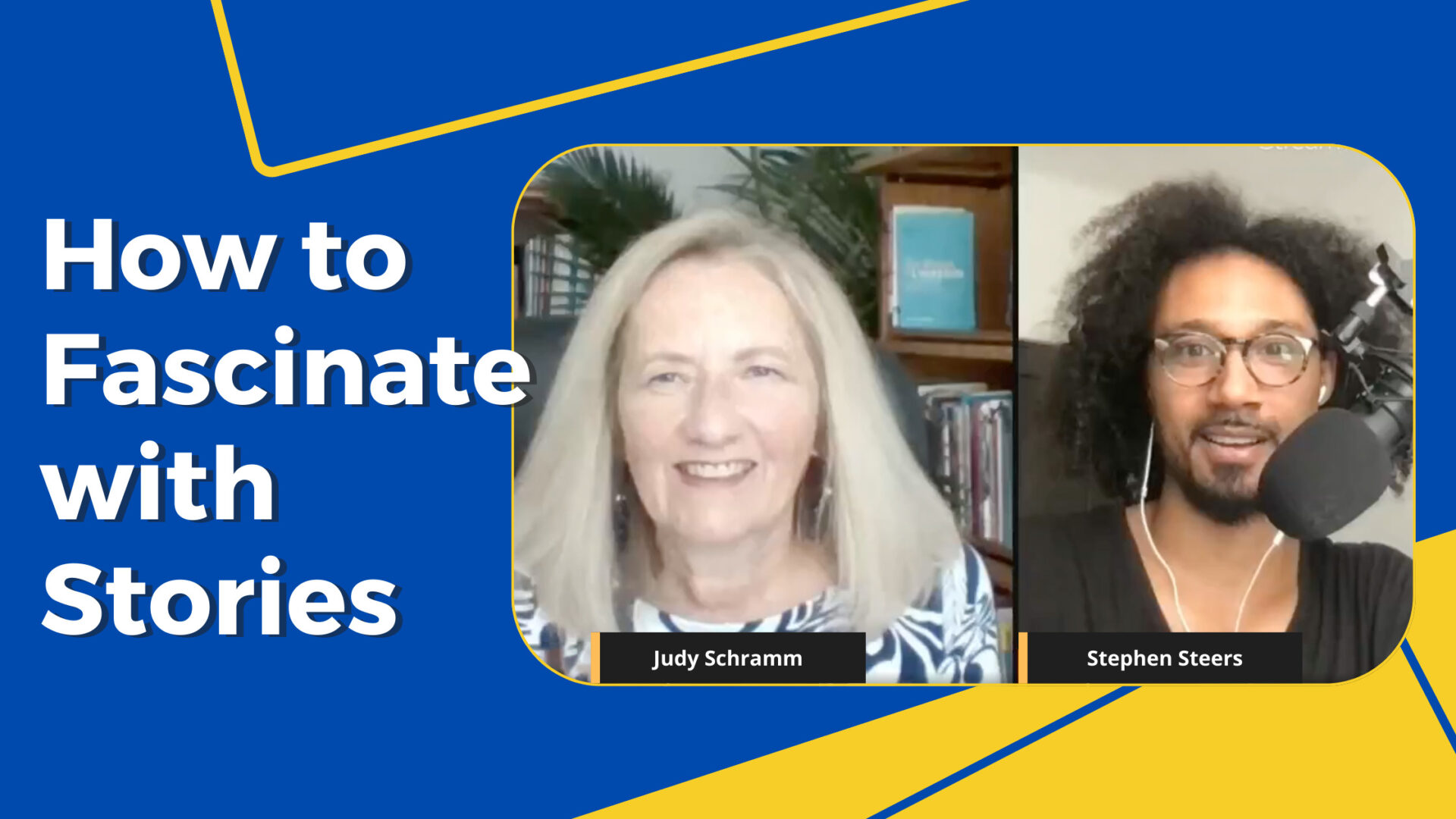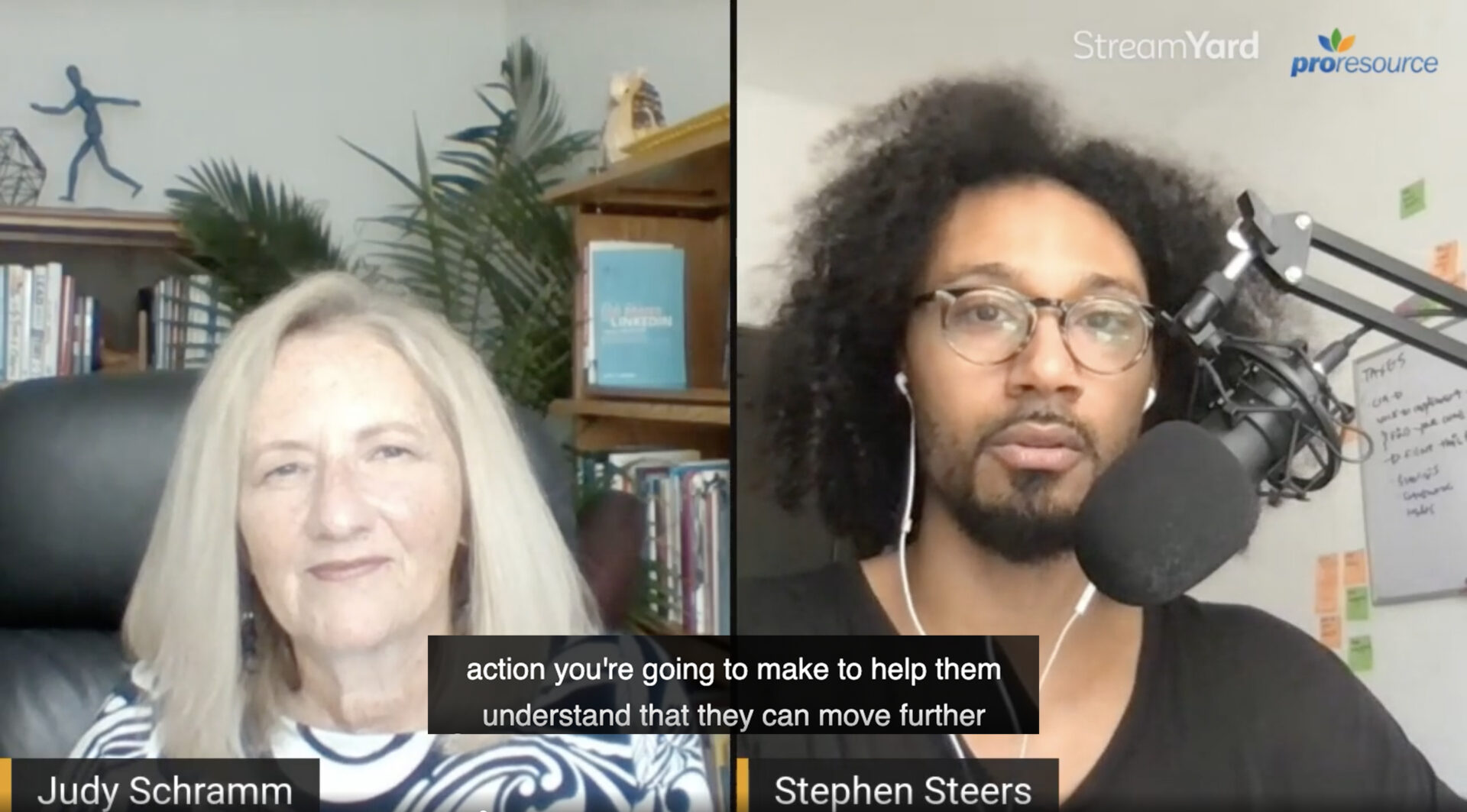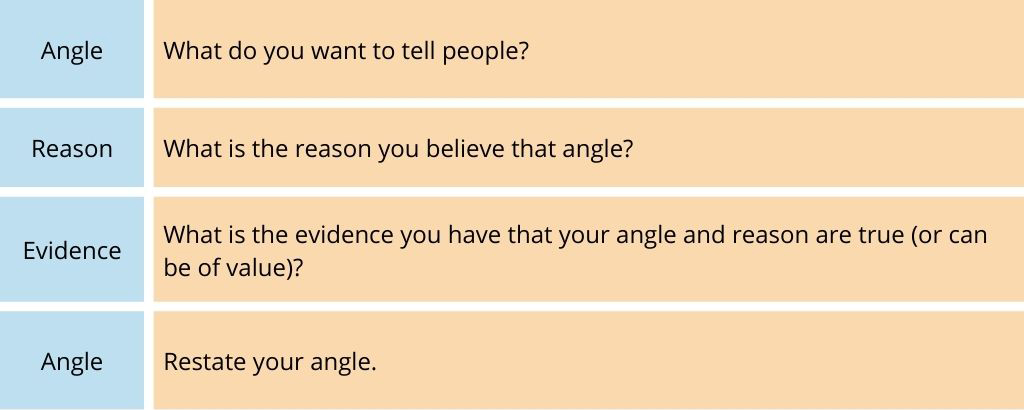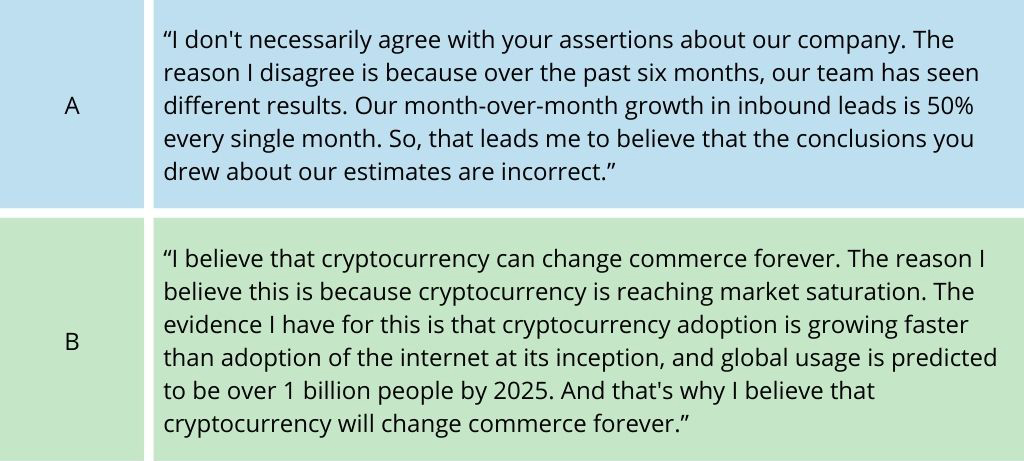I love a good story. Everyone loves a good story. From books to movies to live storytellers, we all enjoy a good tale — the hero, the villain or challenge, the victory, maybe a little romance, too.
Sharing stories is also an important part of running a business and being an entrepreneur. It’s a significant aspect of leading people in general because really, everything you do is about getting people on board with your vision and then getting them in motion.
And yet, many people aren’t natural storytellers. I used to think I was awful at telling stories and dreaded every time I was called to speak publicly — until I participated in a course with Stephen Steers, a storytelling coach and ProResource’s new partner.
Stephen offered valuable structure and strategies for storytelling — and I’m sharing them in this blog because I know there are other people who feel the same way I did. He also made each of us tell a couple stories to the group in every session (more about that in this blog, too). It was really scary, but we all improved. And something clicked for me that had never clicked before.
Stephen maintains that every person has good stories, even if they are not good at sharing them — yet. He teaches a framework for storytelling that starts with a 3-3-3 foundation. No matter which platform you share content on — social, stage, podcast — this framework will help you organize your stories and be better at sharing them.
FOUNDATION #1: Know Your Audience
Who are you telling this story for? In business, it’s probably for one of three audiences:
-
- Prospects — potential customers, recruits, or investors
- Team — current executives, employees, shareholders, or investors
- Public — the media and general public who don’t fall in one of the other categories
FOUNDATION #2: Answer 3 Important Questions
Telling stories is good, but if you don’t know why you’re telling them or what direction they’re going in, you’re just talking. You lose structure and momentum, and you can lose your audience. To keep your story on point, answer these questions:
Q1: What does your audience want to learn or achieve?
Your story will be about your life, your business, your customer, but it needs to be told with the goal of helping those listening to it. Their response should be, “Yes, that makes sense.”
Borrowing from Greek philosopher Horace, Stephen says that when someone hears a really good story, they only need to change the name for the story to be about them. That is, a good story resonates so well with listeners that they can easily connect it to a similar or relevant experience in their own lives.
The key thing to remember with storytelling is that you’re telling a story to help your audience better tell their own story. Tell them what they will learn or achieve as quickly as you can, so they want to listen.
Q2: What do you want the audience to feel?
Stories are crucial because they bring out emotions. And if listeners feel something when you speak to them, they are likely to build trust with you. Research shows that 95% of purchasing decisions are made subconsciously, which means they are made emotionally and then backed up with logic.
Story is a great way to create emotion in a clear and authentic way because it’s real and true. Identify the emotions you want people to feel — excitement, anxiety, anticipation, or another of the 27 distinct emotions — and take listeners on that ride through your story. When you resolve the story, you’ve created an emotional space and can back up your story with logic, so people can follow along and trust you more.
Q3: What do you want the audience to do next?
After you’ve told a great story, evoked emotions, helped listeners understand what they can learn or achieve by working with you or at your company (or whatever your goal is), tell them what to do next.
Do you want your team to work harder? Do you want prospects to download a document or schedule a call with you? In your call to action, help listeners understand how they can move further with the information you’ve shared.
FOUNDATION #3: Choose the Type of Story
Three types of stories are unique to you — no one could repeat them or compete with them — because they are your story.
Mission: This is your “why.” Why did you get into your line of work? Why did you start a company? Why did you stick with it? Your why is an insightful point of interest and lets listeners know who you are.
Vision: Especially relevant for founders, executives, and anyone who leads people, vision stories tell listeners why they’ve come together with you now. Your vision story inspires and offers clarity to team members and shows them a bigger picture — bigger than daily operations or the bottom line.
Milestones: Chances are, you’ve been through something tough, and your customers are facing some obstacles, too (which is why they came to see you in the first place). Put your challenges and victories in writing and start telling stories about them, because these milestones are what enable you to say, “Yes, I’ve been here before.” And for your listeners to know that you’re like them, and you have achieved great results. Milestones stories can be super-power storytelling.
On-the-Spot Storytelling Framework: AREA
The 3-3-3 foundation helps you create cohesive, meaningful stories when you have time to invest in crafting them. But what if you need a story quickly or unexpectedly?
Perhaps you’re an exec talking with a board member or an employee who is asking tough questions. Or you find yourself with a golden opportunity to talk with a prospective client — at an exhibit booth or in an elevator.
AREA is a simplified framework for building a concise response for an in-person conversation or any medium — video or podcasts, sales presentations and public speaking, writing or social media:
AREA: Angle, Reason, Evidence, Angle
Here are two of Stephen’s examples of an AREA response:
Start Storytelling
Stories are business cards that get you in the room where you want to be. When you are vulnerable and share your stories, people get to know you. As they resonate with your stories, they start to like you, and trust begins to build. Know, Like, Trust — all three are essential before someone will do business with you.
Stephen also teaches this important truth: Make sure you are telling your story — because if you’re not, then you’re leaving it up to the market to decide what your story is. Don’t leave it to other people, who may not tell your story the way you want it told.
If you’d like help with storytelling, I highly recommend Stephen, and I’d love to arrange a session with him for you. You can contact me through LinkedIn or at [email protected].
You can listen to my conversation with Stephen on LinkedIn — he shares so much good advice and practical tips in just half an hour.




